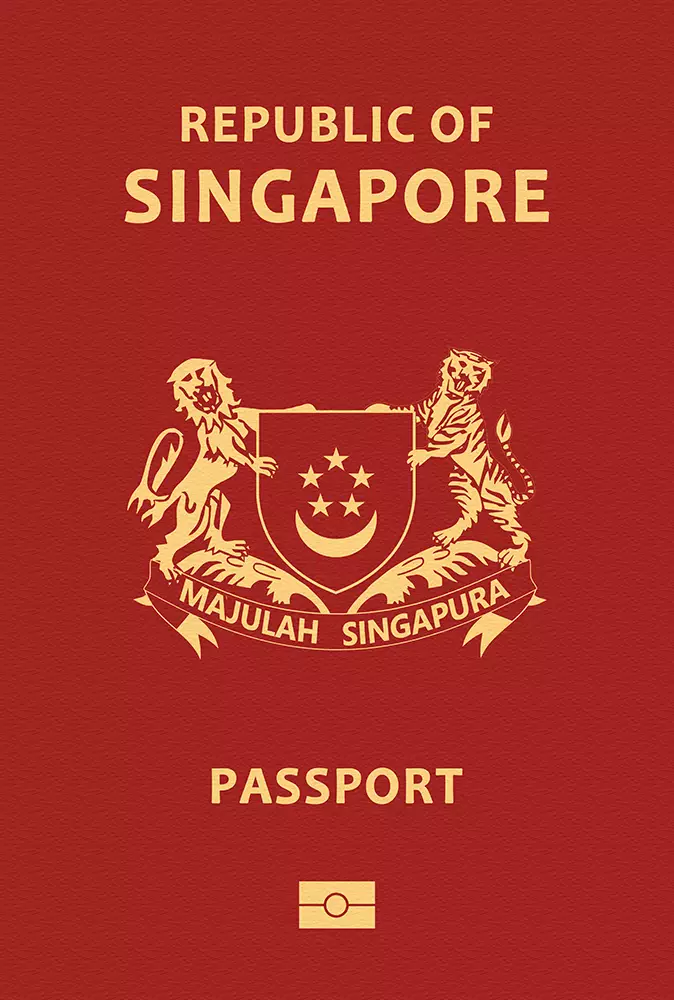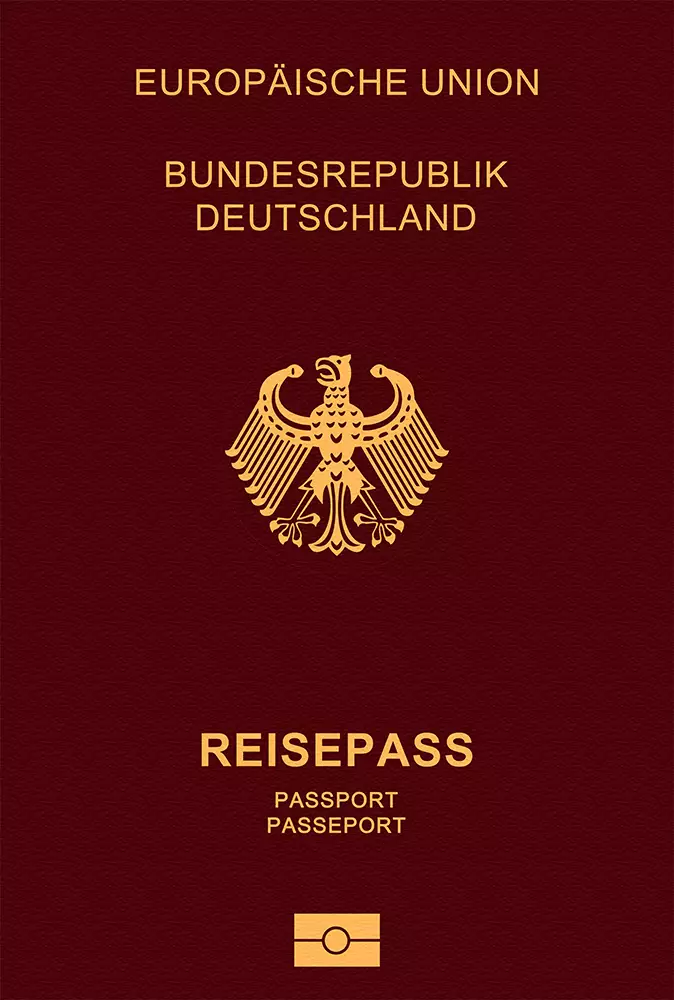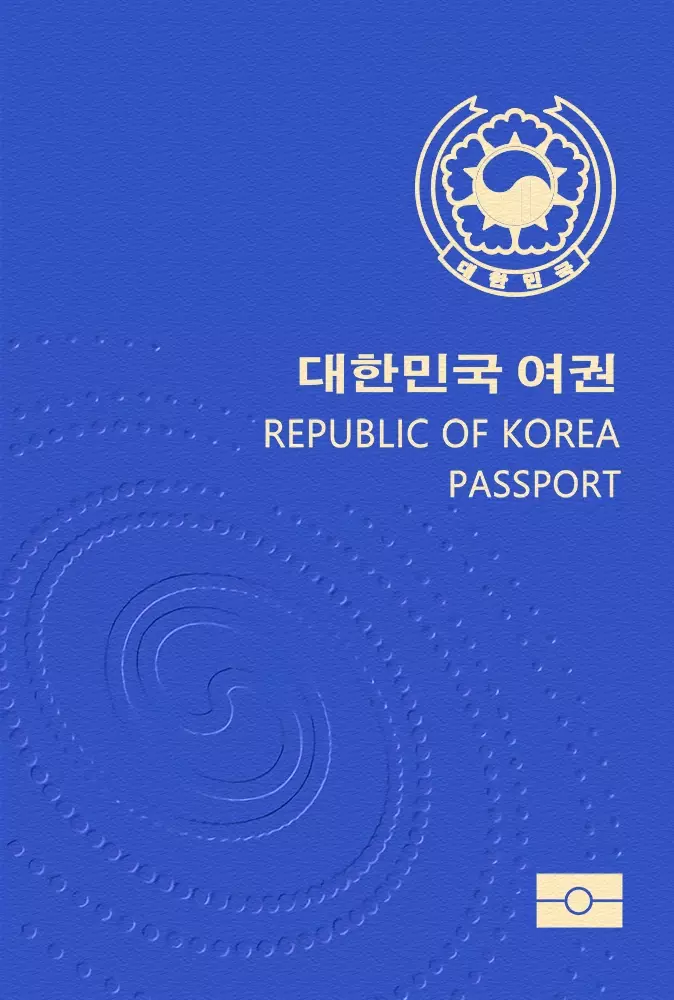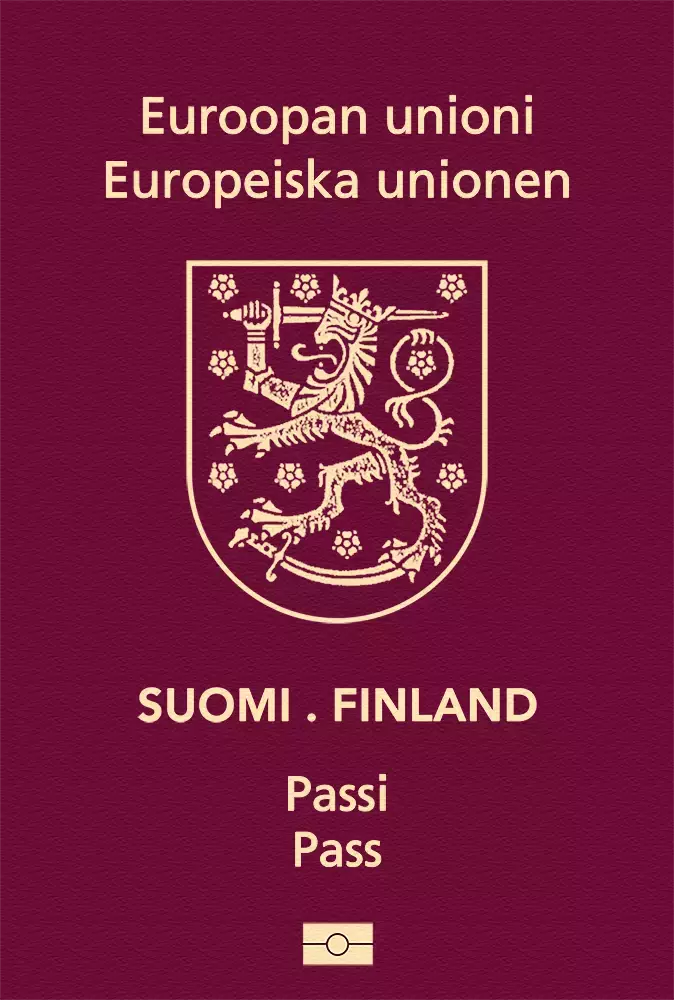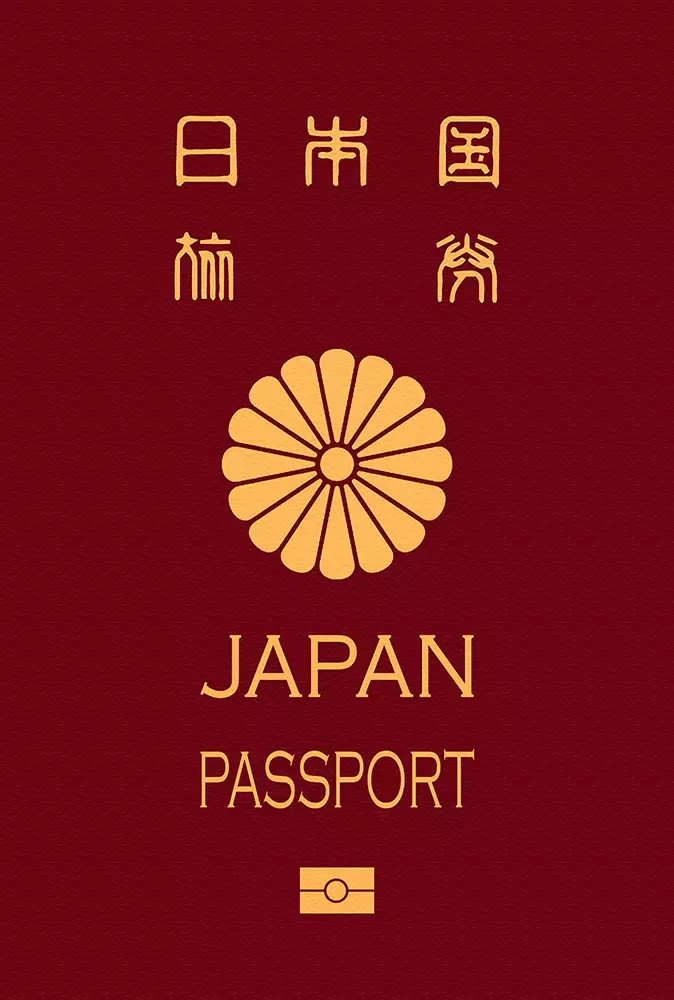With 26 states, the Federative Republic of Brazil is the fifth-largest nation in the world. Rio de Janeiro, Belo Horizonte, and São Paulo are the three most significant provinces. The country is located next to the Atlantic Ocean in Southeast America. Brazil, with a land area of 8.5 million square kilometers, is the biggest nation in South America. Although largely tropical, the south has a temperate climate. Although there are some plains, hills, and mountains, the land is primarily level. With 217 million inhabitants total, it has the biggest population in South America. Brasilia is the nation's capital. But with 12.1 million residents, Sao Paulo is the most populated city.Rio de Janeiro and Brasilia are next. Guarulhos International Airport (GRU), which handles 43 million passengers a year, is the biggest airport. The second-biggest airport, Congonhas Airport (CGH), handles 22 million passengers annually. Together, the two airports in São Paulo serve both domestic and international flights that link Brazil with locations across the globe. Brazil's history of immigration waves and close ties to the Portuguese colonial empire have shaped the country's culture. Most of the nation is home to a diverse population of many cultures and religions, with Roman Catholicism predominating. Portuguese is the official language. Civil law is the foundation of the legal system. The form of government is a presidential federal system. Jair Bolsonaro, the elected president, is both the head of state and government. The Brazilian Real (BRL), which is the official currency, is currently about BRL4.9 to the US dollar. With an open economy and a GDP of about $2.08 trillion, the nation boasts the biggest economy in South America. The per capita income of its people is $10,312. The three main sectors that comprise the majority of the GDP are agriculture, industry, and services. Cars, livestock goods, and soybeans are among the most significant exports. Brazil is renowned for its expansive rainforests and stunning coastlines.Sao Paulo, Rio de Janeiro, Iguacu Falls, Carnival de Rio, Ipanema, and the Amazon Rain Forest are a few of the popular travel locations. An estimated 6.3 million tourists go to the country each year, the bulk of them come from North and South America, as well as Europe. Brazil's tourism industry has grown significantly in recent years, and new travel destinations are being created on a regular basis.







































































































































































































































